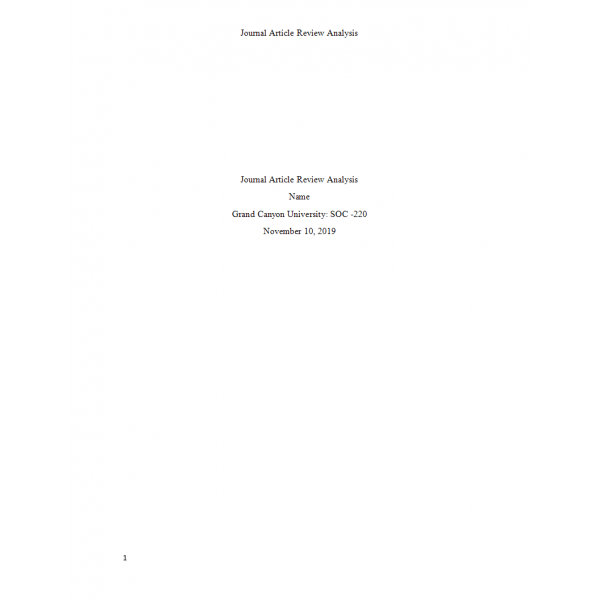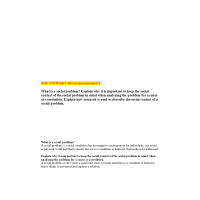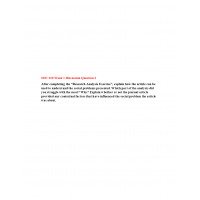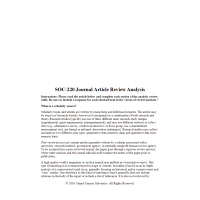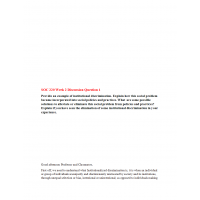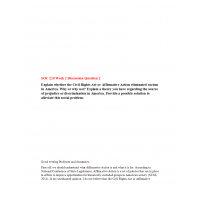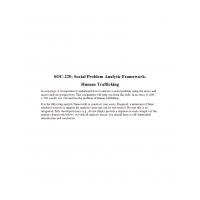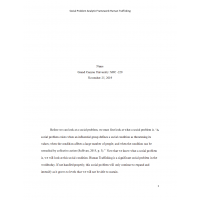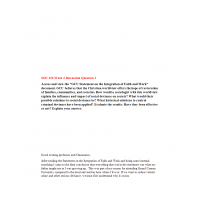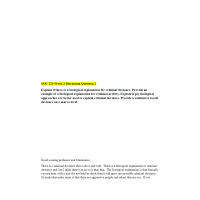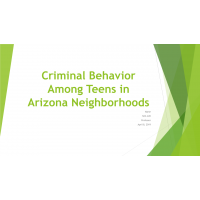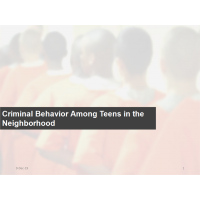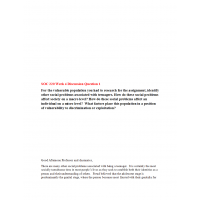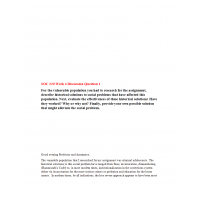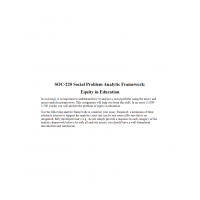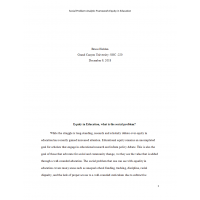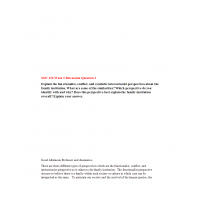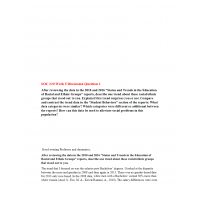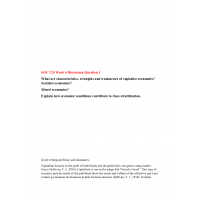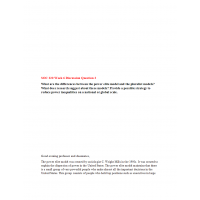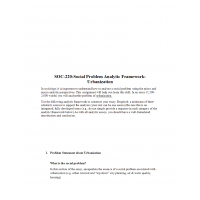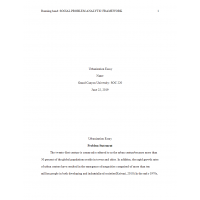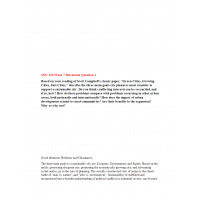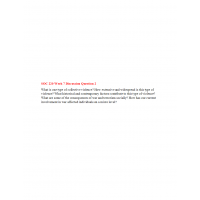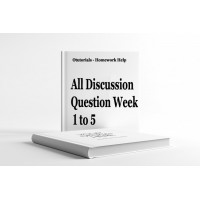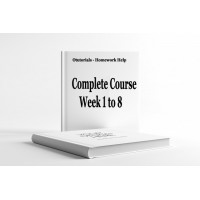SOC 220 Journal Article Review Analysis
Instructions: Please read the article below and complete each section of the analytic review table. Be sure to include a response for each checked item in the “areas of review/analysis.”
What is a scholarly source?
Scholarly books and articles are written by researchers and field-based experts. The article may be empirical (research-based), theoretical(conceptual) or a combination of both research and theory.Research studies typically use one of three different main research study designs (experimental, quasi-experimental, nonexperimental), and may use different methods to collect data (e.g., administer a survey, conduct an interview or focus group, use a standardized measurement tool, use formal or informal observation techniques). Research studies may collect and analyze two different data types: quantitative data (numeric data) and qualitative data (non-numeric data).
Peer-reviewed journals contain articles generally written by a scholar associated with a university, research institute, government agency, or reputable nonprofit human service agency. To be accepted into a peer-reviewed journal, the paper goes through a rigorous review process, where other scholars and the journal editorial staff evaluate the merits of the paper prior to publication.
A high quality weekly magazines or on-line journal may publish an investigative report. This type of reporting is not research-based in scope or content, but rather is based on an in-depth analysis of a controversial social issue, generally focusing on historical and/or current events and “case” studies. One drawback to this kind of reporting is that it generally does not include citations in the body of the report or include a list of references. It is also not reviewed by professional or academic peers, although the editor typically requires the piece to be consistent with high standards of investigative reporting.
Why read scholarly articles?
A good journal article presents you with new, research-based information and/or explores new concepts and ideas to help you expand and deepen your thinking about social issues and problems. A scholarly article helps you to distinguish between opinion and rigorous analysis of a social phenomenon. A single research study does not offer conclusive “proof,” but it can add to a cumulative body of evidence to support or negate ideas about how the world works.
What are the main sections of a research study?
Abstract---Gives you a summary of information contained in the article.
Introduction---Introduces you to the purpose, scope, and context of the study.
Background---Summarizes relevant “literature” or other studies focusing on the topic.
Methods---Describes the study design and methods used to collect and analyze data.
Results---Delineates specific outcomes related to the investigative question(s).
Discussion/Conclusions---Contains the author’s observations about the results.
References/Footnotes---Documents sources used in the investigative analysis.
What are good strategies to read a scholarly article?
Be sure to set aside enough time to read the article and truly understand what the author is saying. Clearly, it will take longer to read a scholarly article than a short opinion piece found on social media! Give yourself enough time to engage with the material. Sometimes, you may need to read and reread a passage. As you read, ask yourself the following questions:
What is the author saying? What methods did the author use to better understand a social issue? What is compelling about the author’s arguments and where does the author fall short?Grappling with these questions will expand your own critical thinking capacity.
A good strategy is to first, read the abstract and then skim through the entire paper. This will give you an overview of the topic and investigative approach. Then, go back and work through the main sections of the paper. Highlight key passages, and write (or type) your own notes or questions in the margins of the paper.Suspend judgement or forming an opinion until you feel you have a good grasp of what the author is trying to communicate. See if you can briefly summarize the overall meaning in your own words. Try to connect ideas or findings contained in this article with other core ideas, theories, or facts with which you are already familiar.
Many research articles report statistical findings. Even if you don’t understand this material, you can still get a basic understanding by reading the narrative explanation of the results. How does the author “make sense” of the investigative process and the newly acquired knowledge? Ask yourself: what is the underlying logic of the report? What practical implications do the study findings have in terms of better understanding a social issue?
Recommended Video: How to Read a Scholarly Journal Article (Kishwaukee College Library)
(Or similar content developed by GCU)
| Institution & Term/Date | |
| Term/Date | Grand Canyon |
SOC 220 Week 1 Assignment, Journal Article Review Analysis
- Product Code: 2019
- Availability: In Stock
-
$14.00
Related Products
SOC 220 Week 4 DQ 1
$5.00
SOC 220 Week 4 DQ 2
$5.00
SOC 220 Week 5 DQ 1
$5.00
SOC 220 Week 5 DQ 2
$5.00
SOC 220 Week 6 DQ 1
$5.00
SOC 220 Week 6 DQ 2
$5.00
SOC 220 Week 7 DQ 1
$5.00
SOC 220 Week 7 DQ 2
$5.00

